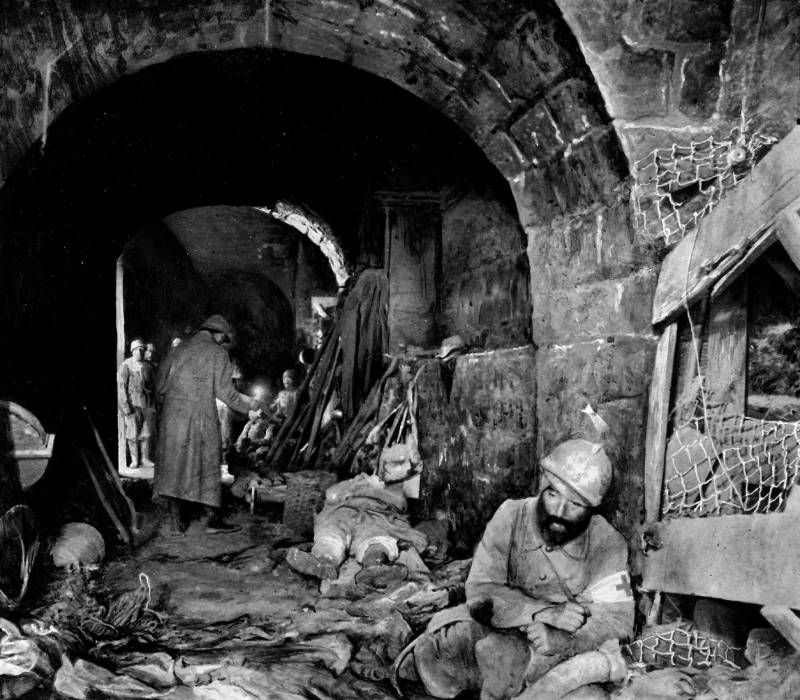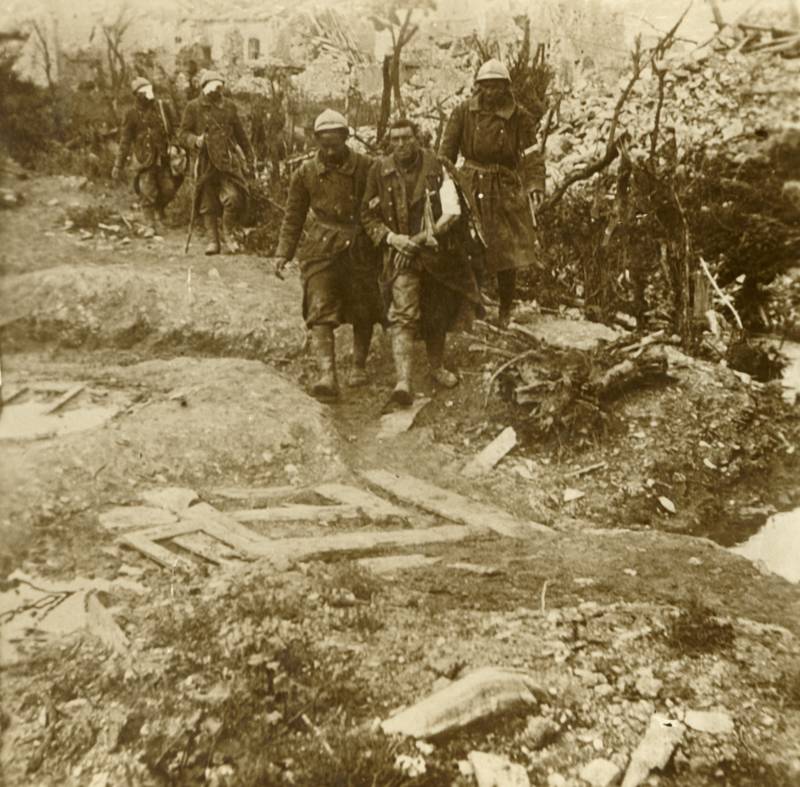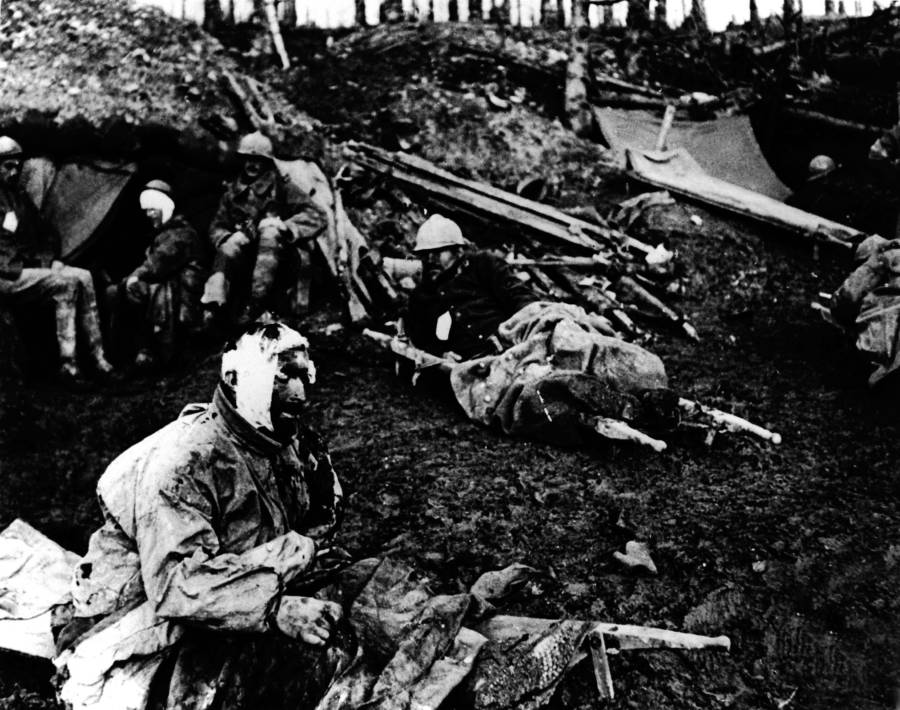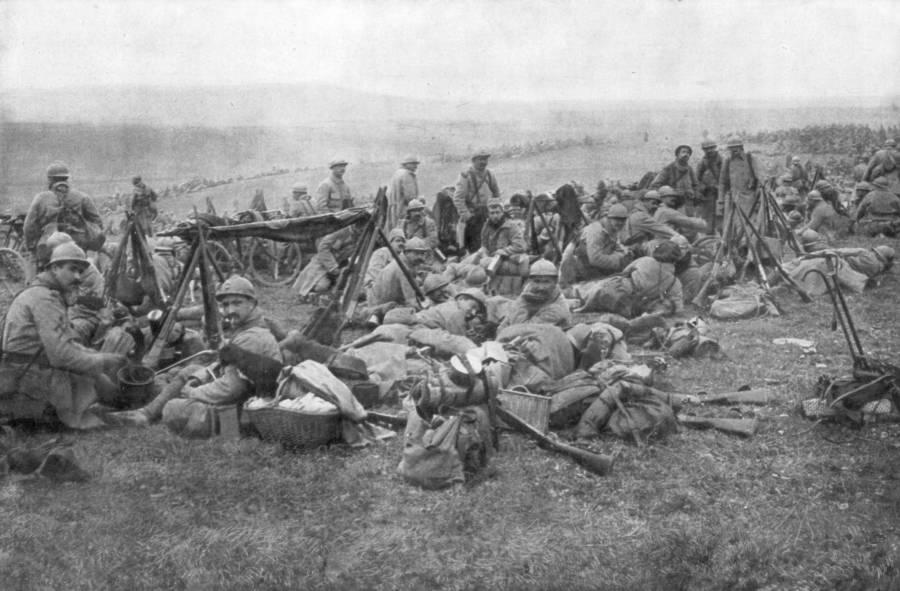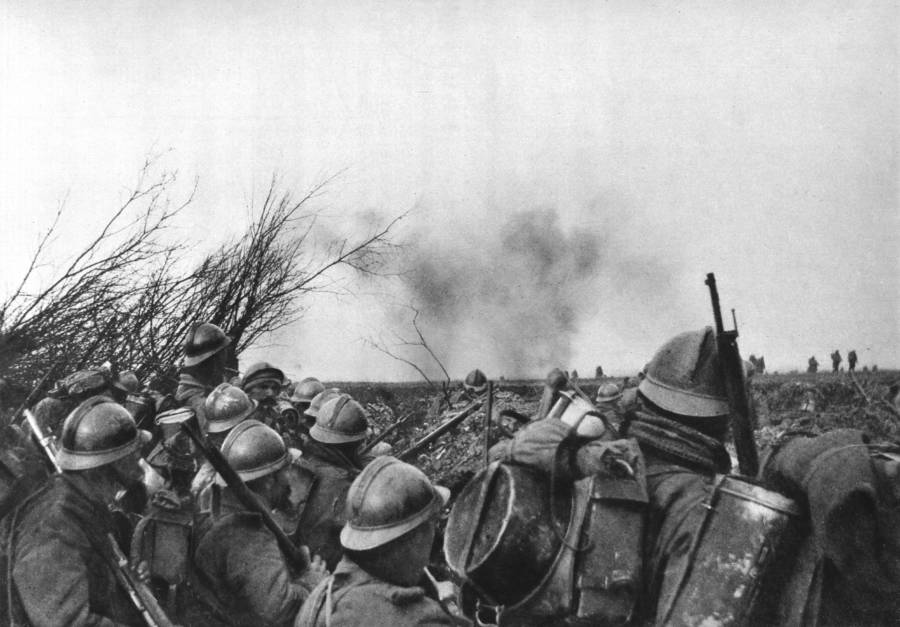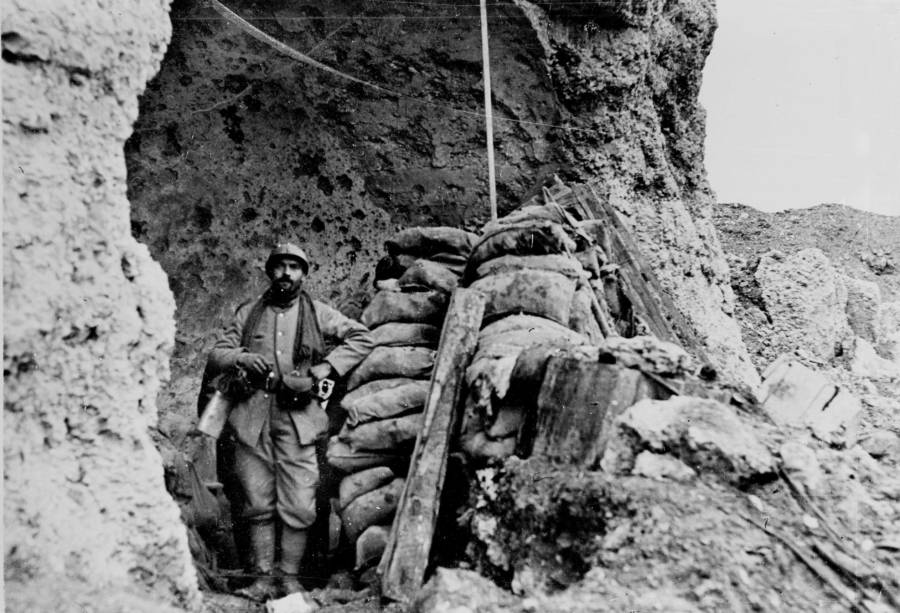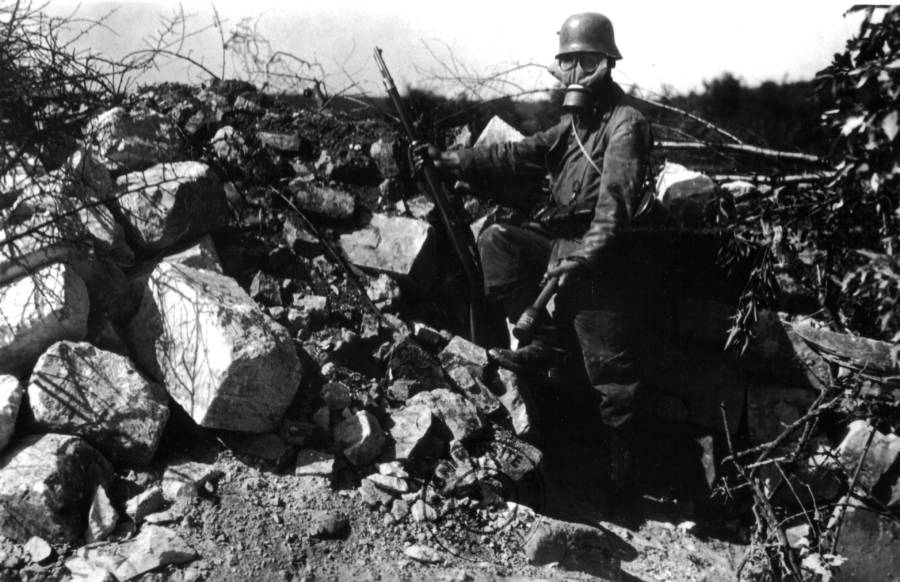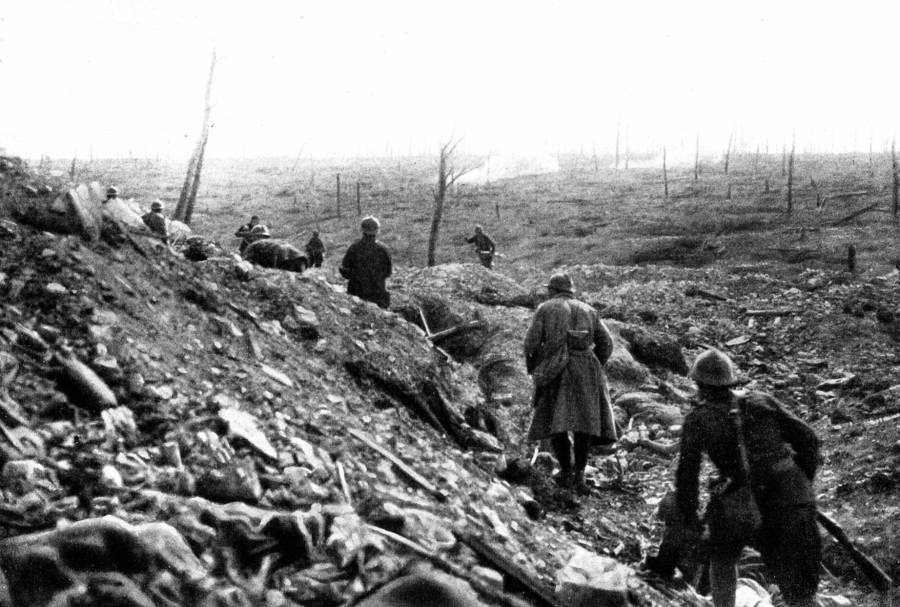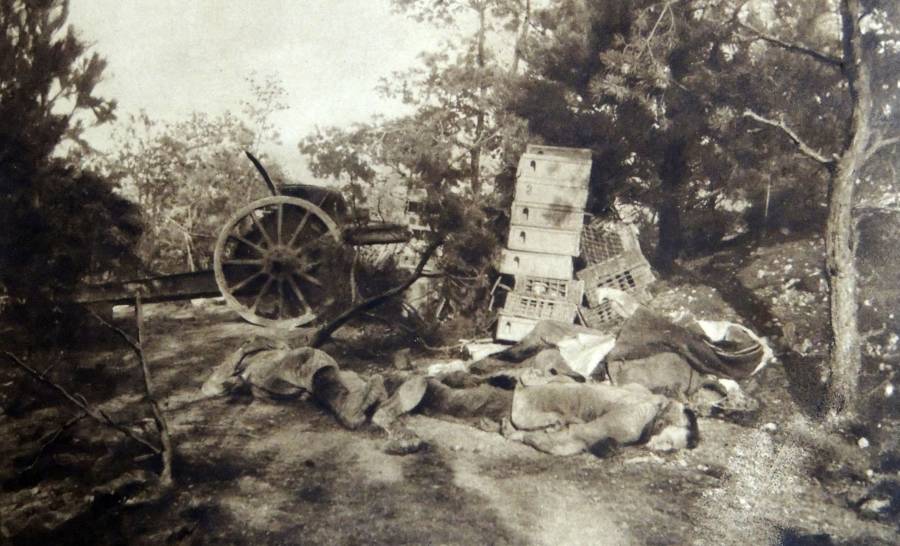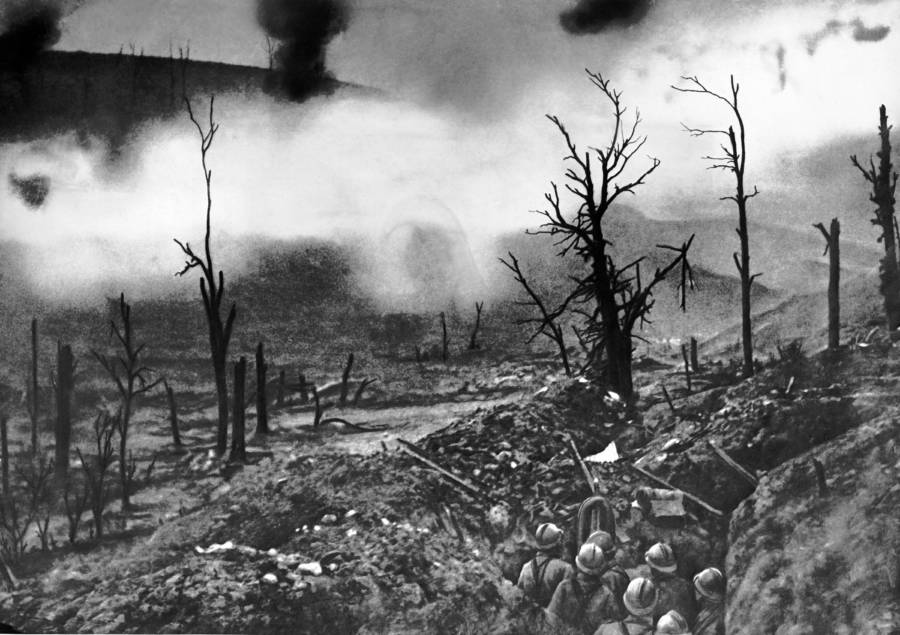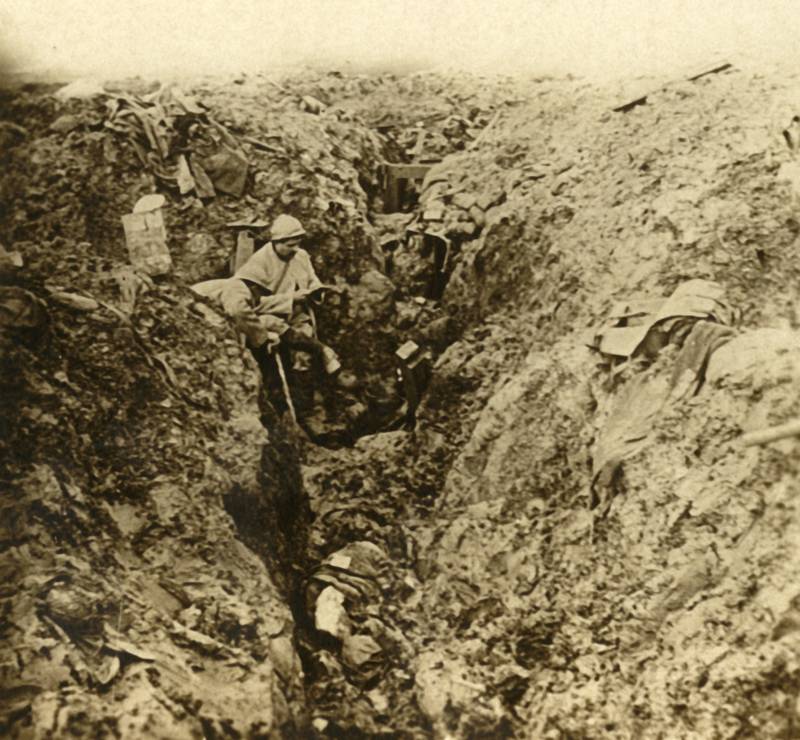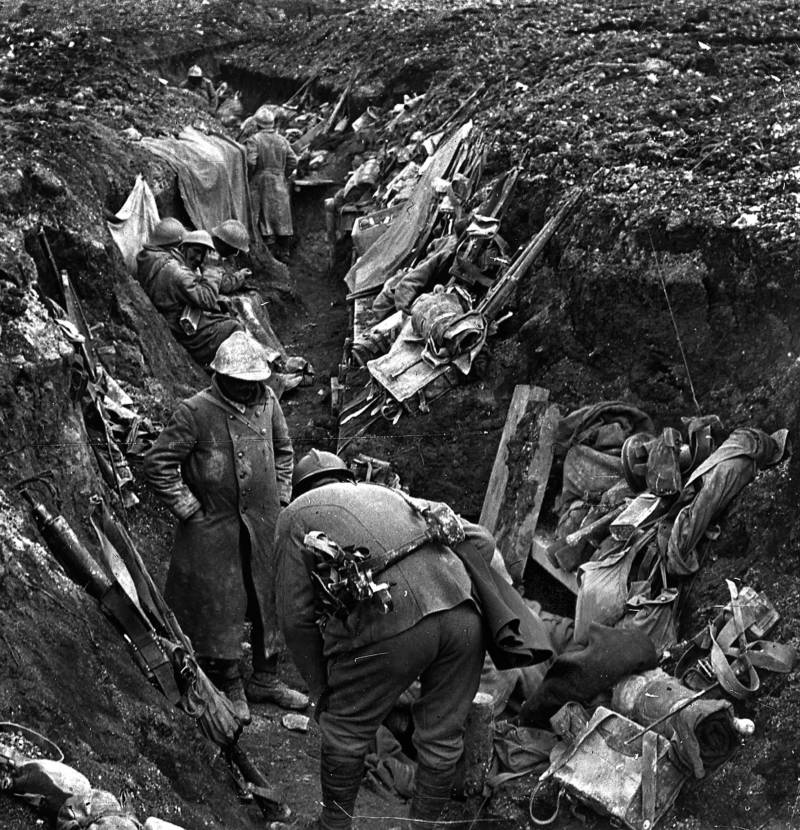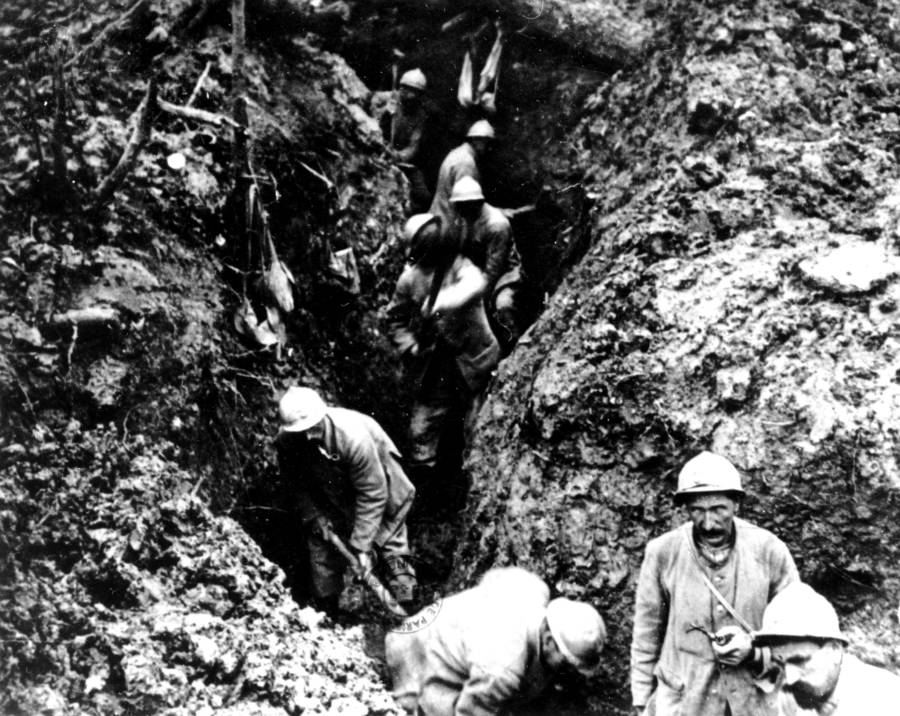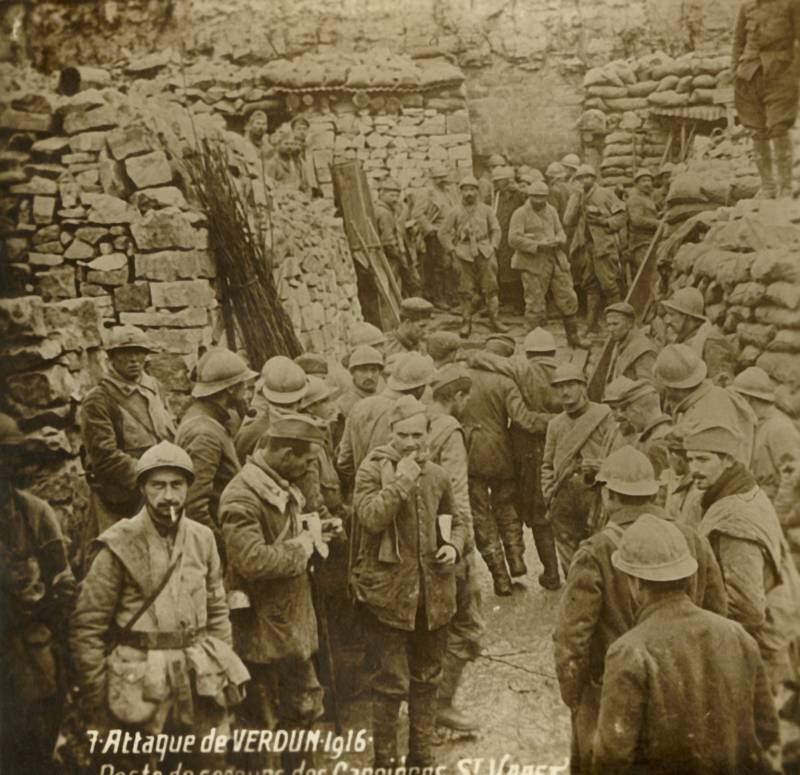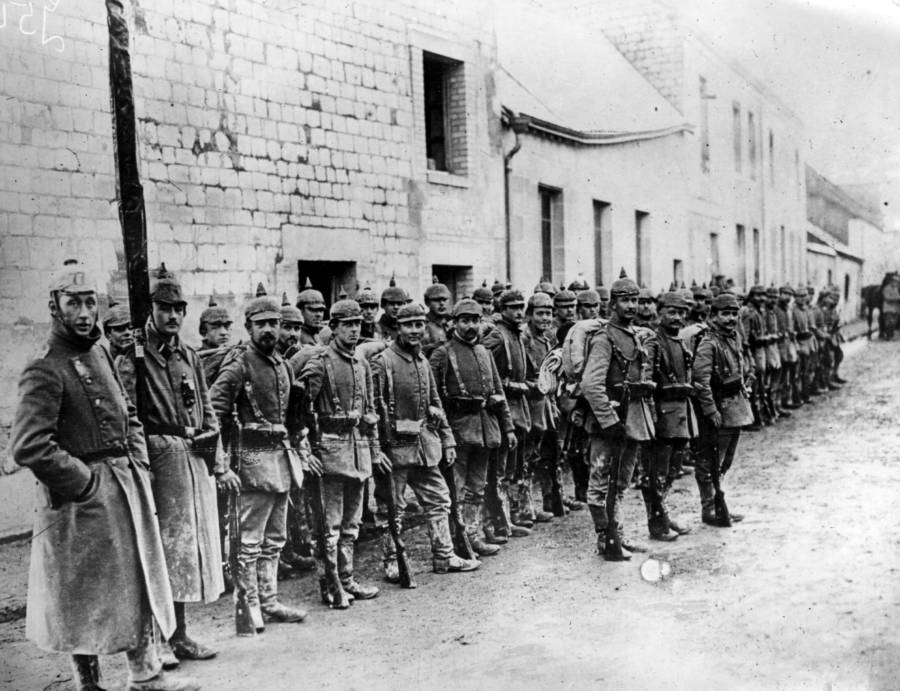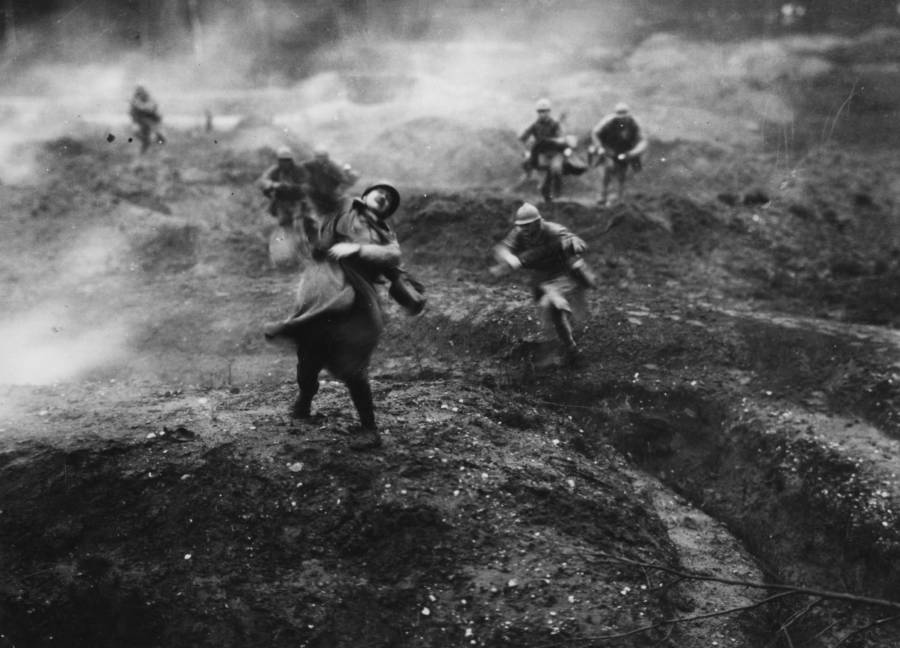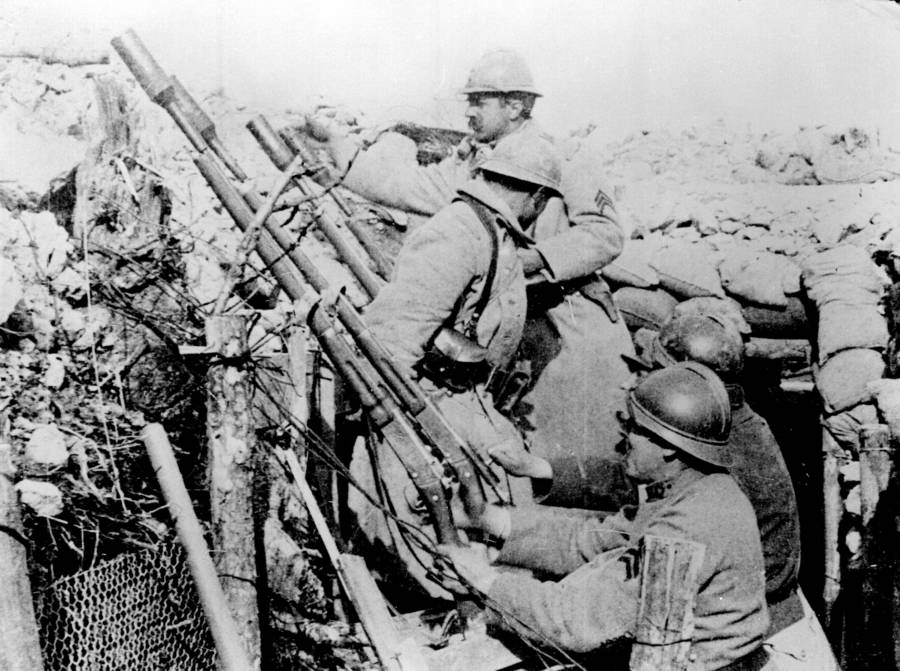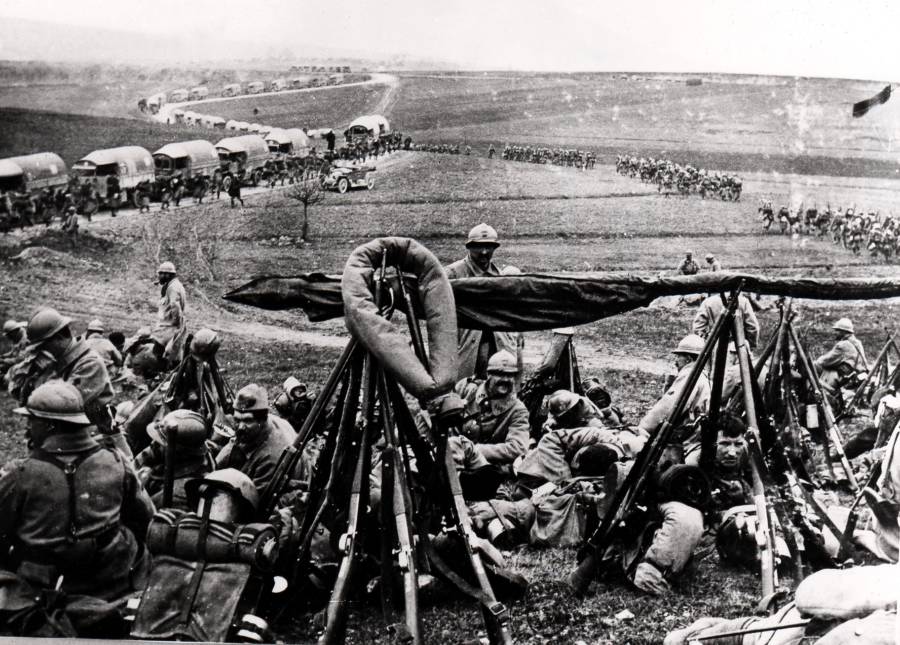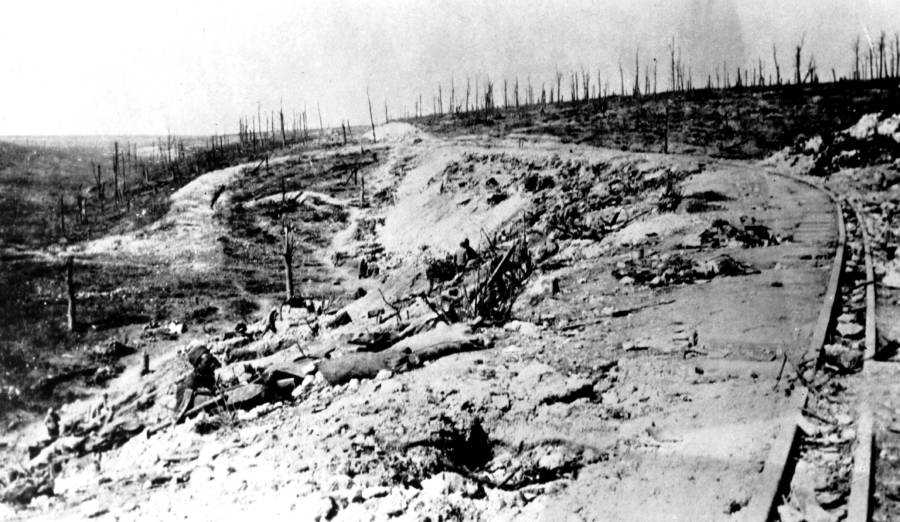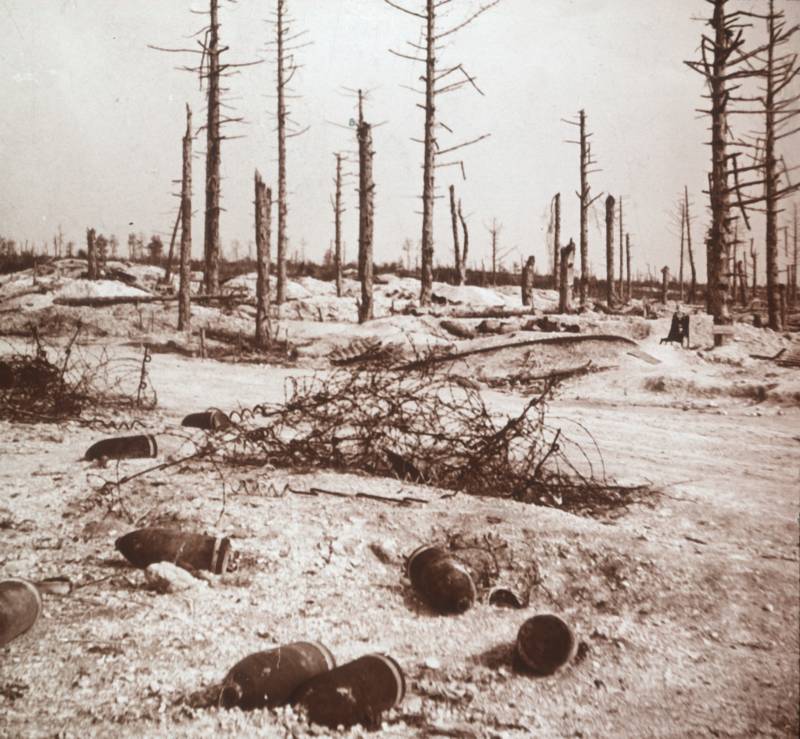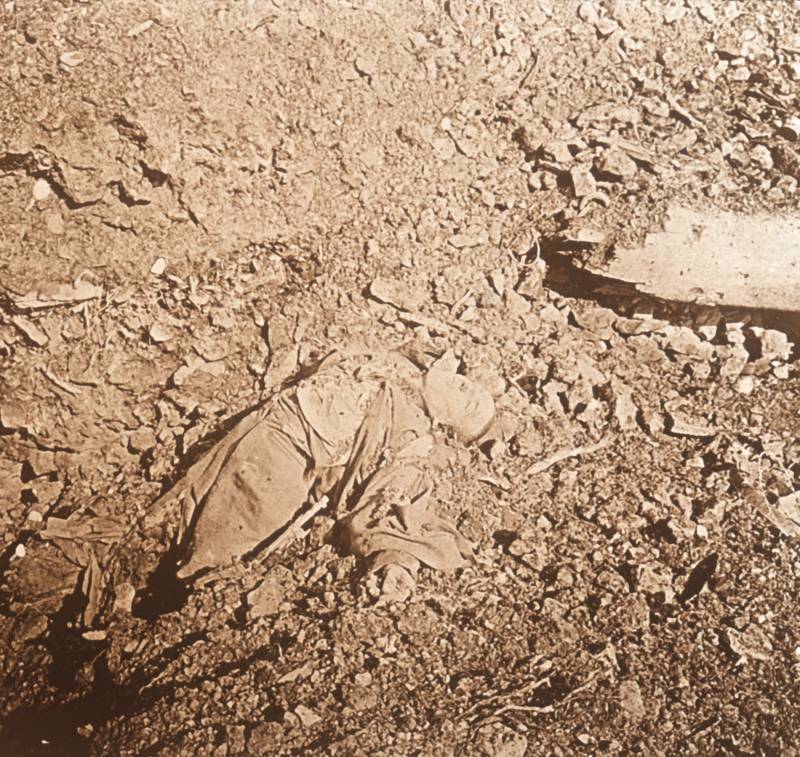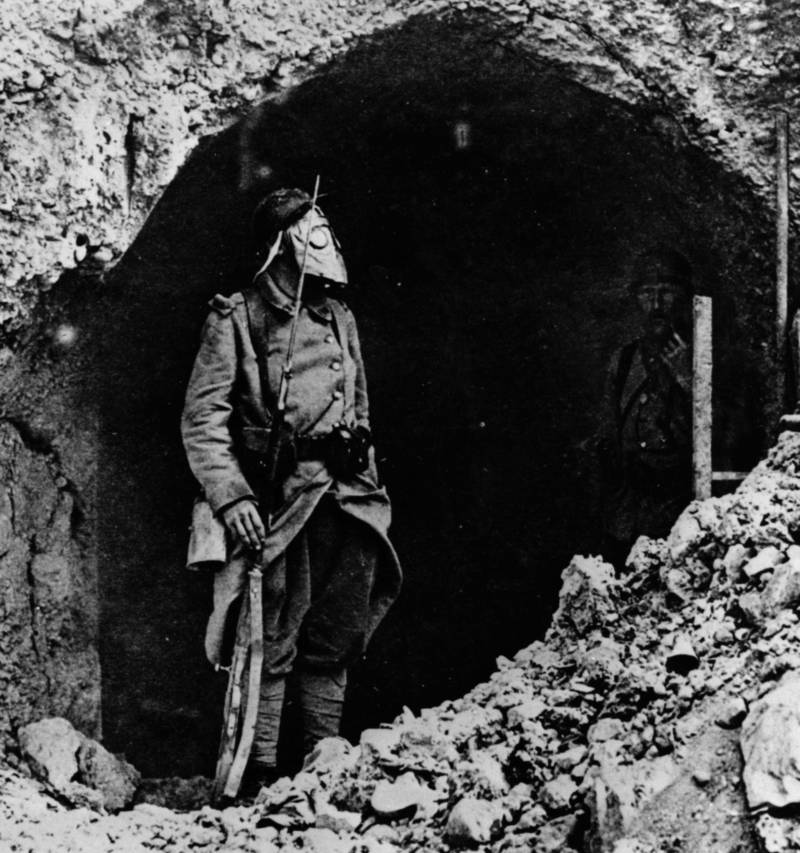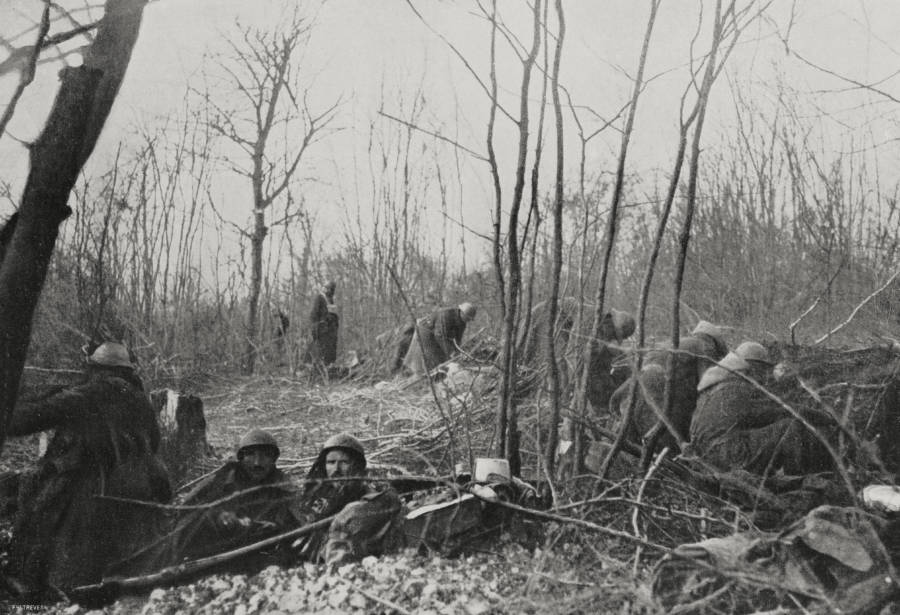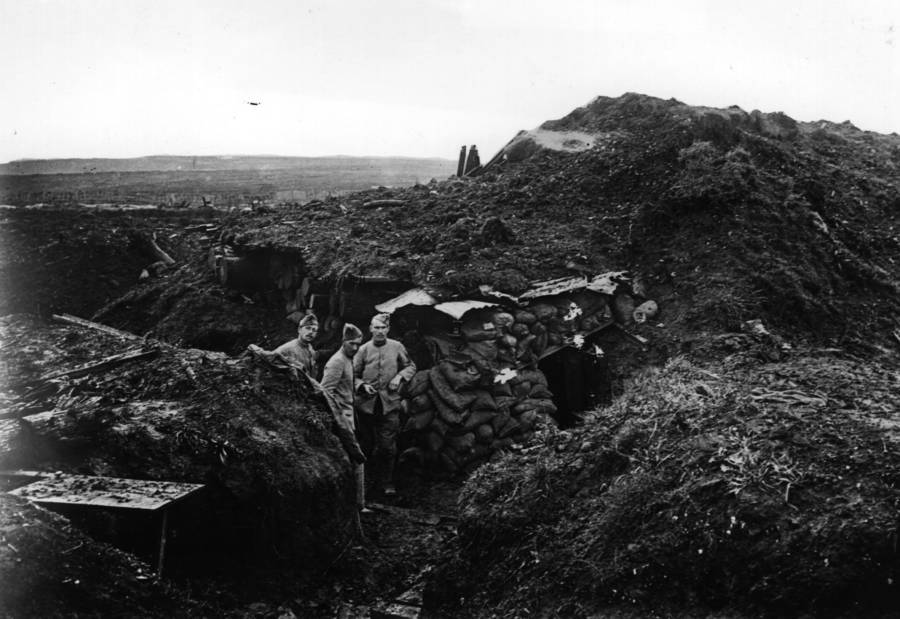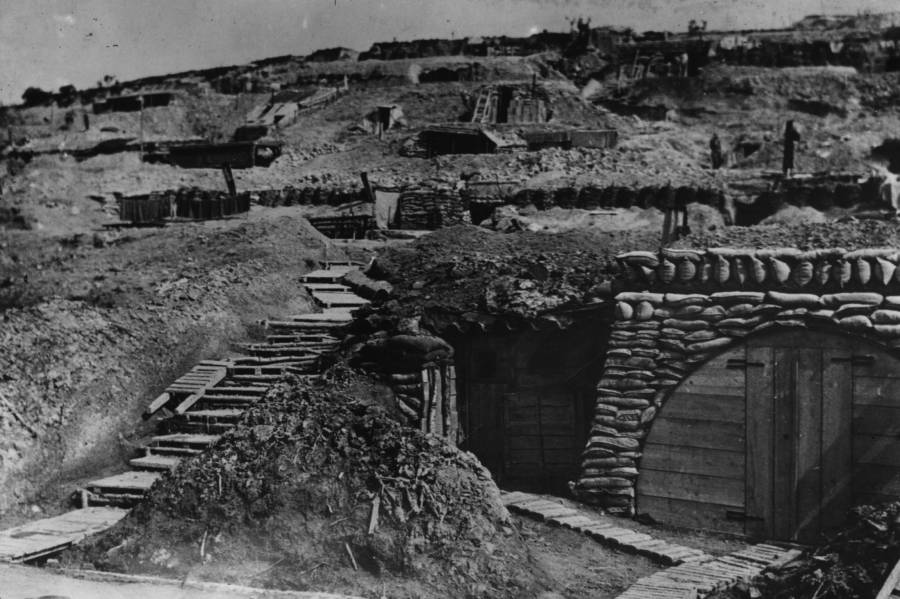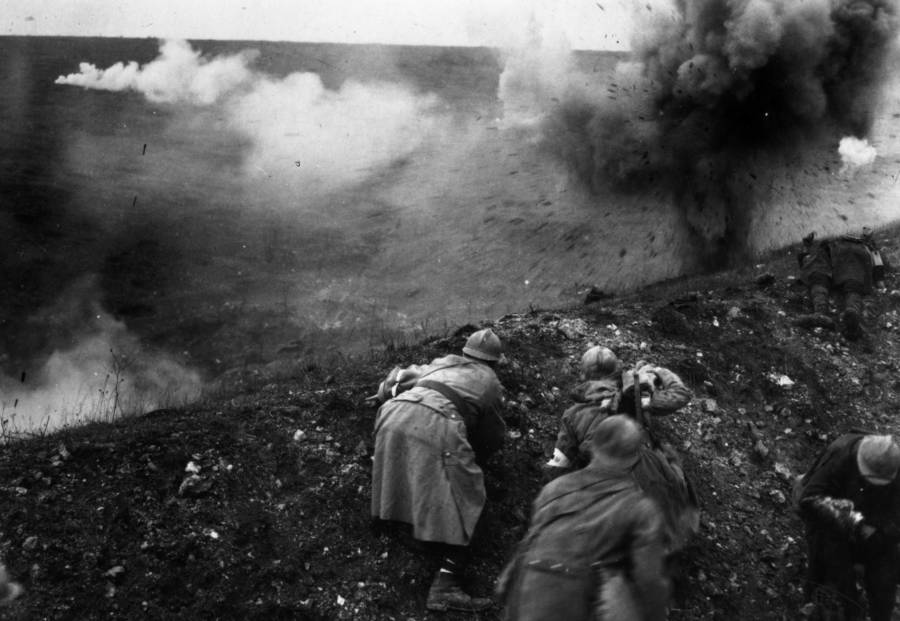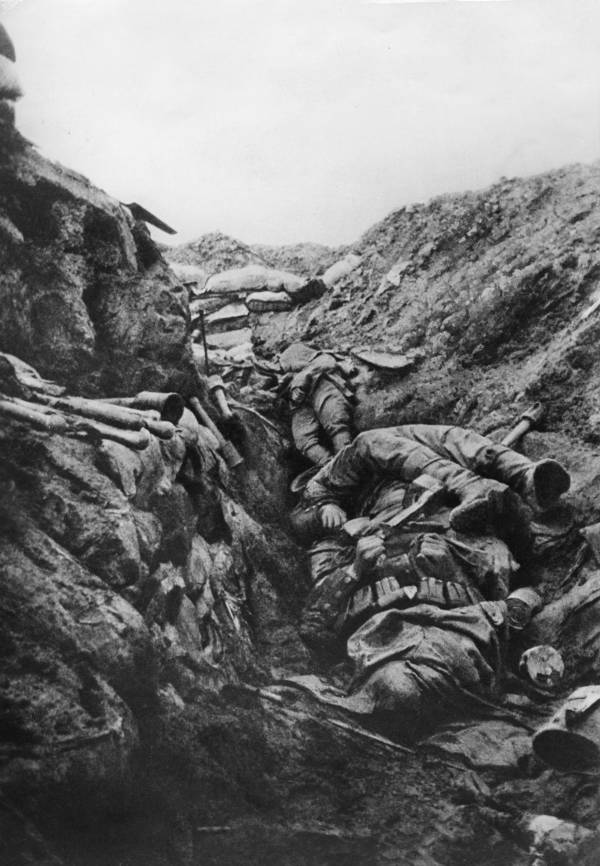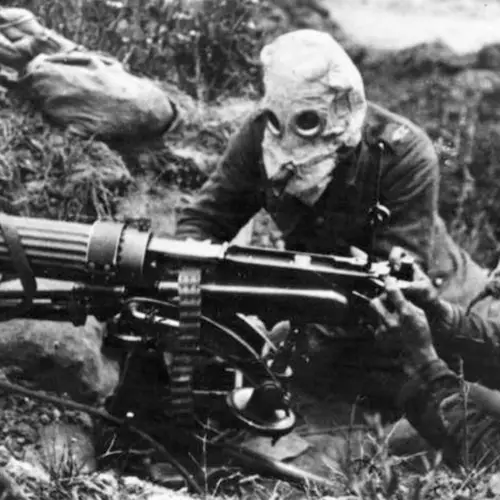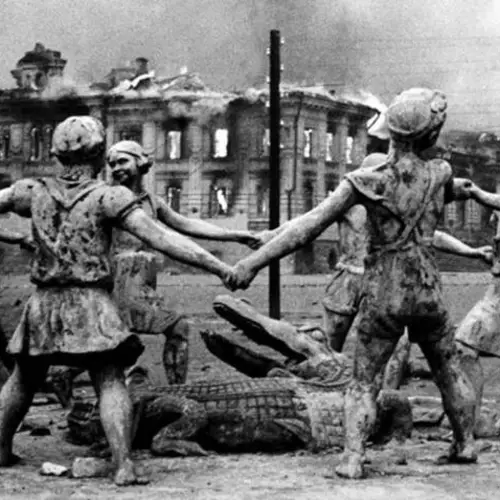For 303 days in 1916, the French defended themselves against a fearsome German onslaught, but at the cost of 700,000 total casualties at the bloody Battle of Verdun.
Spanning 303 days from Feb. 21 to Dec. 18, 1916, France's Battle of Verdun was not only the longest battle of World War I, but also the longest in all of modern military history. The length of the battle, the bloody stalemate in which it ended, and the sheer scale of the military power on both the French and German sides made the Battle of Verdun perhaps the most brutally characteristic clash of World War I as a whole.
Indeed, rather than take territory, the Germans ultimately resolved to simply take lives. And they did, as did the French: In total, more than 700,000 people were killed or injured between the two sides, with the casualties split about evenly between them.
While all this bloodshed resulted in no traditional "victory" for either side, at least some historic figures and legends emerged from the battle. French commander Philippe Petain, for example, made a name for himself during this battle as the "Lion of Verdun" and eventually became France's head of state during the Vichy years of World War II. On the German side, the fearsome fighter pilot Manfred von Richthofen, dubbed "the Red Baron," saw his first combat in Verdun. The conflict even saw the first participation of any American forces during World War I.
No matter the heroic figures who emerged in the aftermath, the Battle of Verdun itself was a ghastly conflict of attrition unlike anything ever seen before. Some scholars even say that it was the first of its kind in history, the original modern instance of each side having only one true goal: to exhaust the enemy's forces.
This is the bloody story of the Battle of Verdun.
Setting The Stage For The Great War
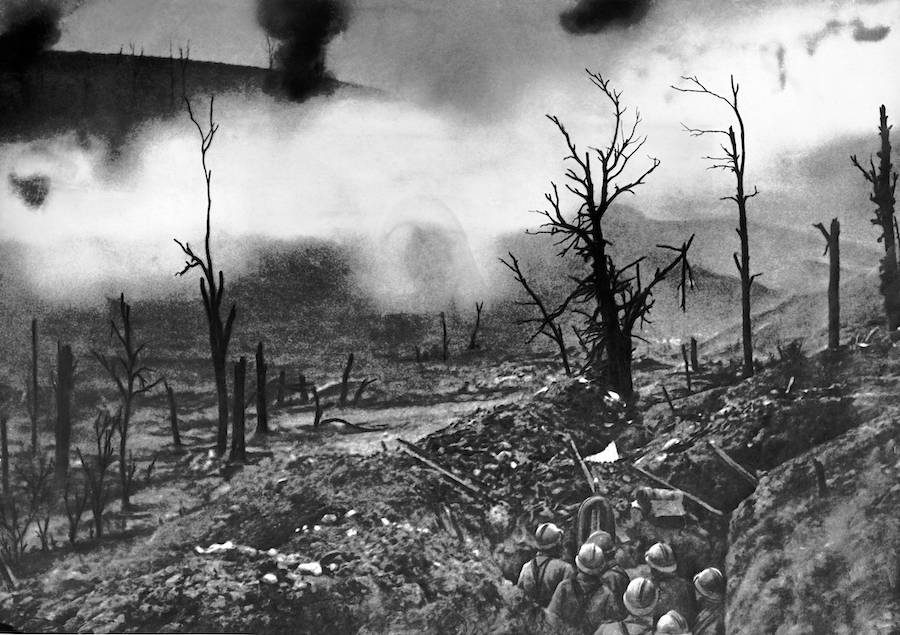
Underwood Archives/Getty ImagesFrench infantrymen face a curtain of fire in front of Fort Vaux during the Battle of Verdun.
The underlying causes of World War I are both complicated and forever in debate, but it largely comes down to a long-simmering, continent-wide power struggle between several allied groups across Europe.
In 1914, the great powers of Europe still mostly maintained vast colonial empires around the world. Naturally, some of these nations found themselves competing with others for territory and power. In the years before the war, Germany and Austria-Hungary were particularly aggressive in their takeovers and conquered small countries like Bosnia and Morocco in order to expand their empires quickly.
And as these ruling empires grew and carved up more of the world for their own, they formed alliances with each other. In The Triple Alliance, Germany aligned itself with Austria-Hungary and Italy, eventually aligning with the Ottoman Empire and Bulgaria as well. Meanwhile, The Triple Entente consisted of Great Britain, France, and Russia.
The two sides found themselves and their interests increasingly at odds for decades leading up to the war.
Finally, on June 28, 1914, Archduke Franz Ferdinand, the heir to the Austria-Hungary monarchy, was killed by a Serbian teenager named Gavrilo Princip who believed that Serbia should be in control of Bosnia, which was a colony of Austria-Hungary at the time.
The murder prompted Austria-Hungary to declare war on Serbia, which initiated the start of World War I as international allies followed their comrades into battle. Soon after, all hell broke loose.
Russia declared war against Austria-Hungary because of its alliance with Serbia, Germany entered the war because of its alliance with Austria-Hungary, and the British became involved after Germany had invaded the neutral territory of Belgium. Virtually the whole continent was soon at war.
The Battle Of Verdun: The Longest Clash Of The Great War
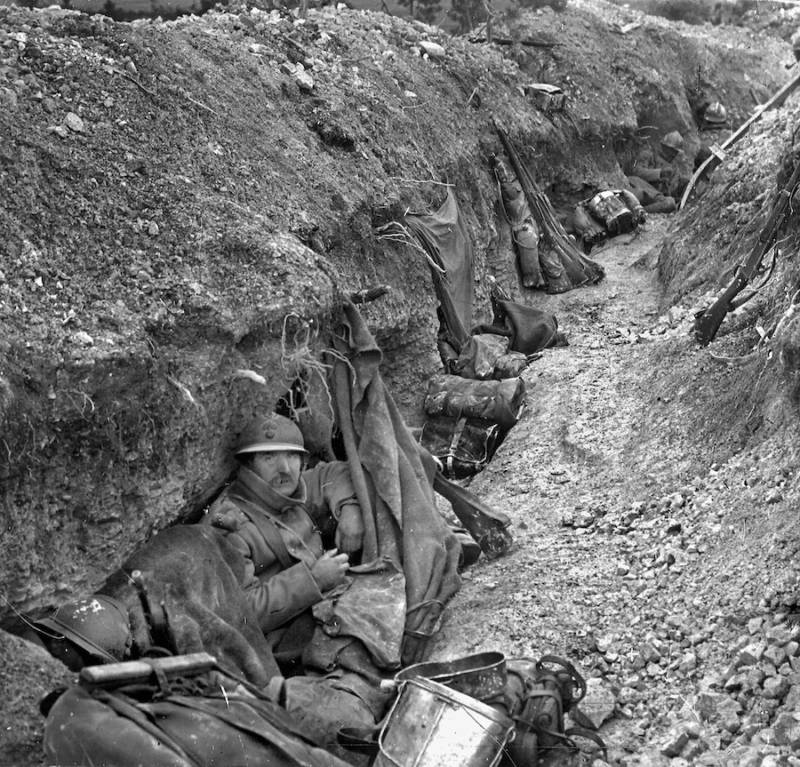
Fine Art Images/Heritage Images/Getty ImagesSoldiers in the trenches during the Battle of Verdun.
Before the Battle of Verdun, the Germans had fought on two fronts, with allied forces to their west and Russia to their east. By the end of 1915, German General Erich von Falkenhayn (arguably the main architect behind the bloodshed at Verdun) asserted that the path to a German victory had to be on the Western Front where he believed French forces could be weakened.
The German general viewed the British as the true threat to his country's victory and by obliterating the French, he thought he could intimidate the British into an armistice. He believed in this strategy so deeply that he allegedly wrote to the Kaiser that "France has been weakened almost to the limits of endurance," making a case for his impending plans to exhaust the French in Verdun.
Verdun was chosen as the perfect place for such an attack because it was an ancient city that held historical significance to the French. Because it was situated near the German border and heavily built up with a series of forts, it was of particular military importance to French, who threw huge amounts of resources into defending it.
The start of the Battle of Verdun on Feb. 21, 1916 was a fitting sign of the level of carnage to come. The initial strike came when Germany fired upon a cathedral in Verdun, France, setting off an opening bombardment in which they fired about 1 million shells.
Once the shooting began, what was once a valuable historical site of Europe turned into the setting of one the longest battle in modern history.
Although Verdun may have not had the war's highest casualty count, it was perhaps the costliest and most grueling battle of World War I. Resources on both sides were depleted to the breaking point while soldiers spent months trapped among the hail of fire in dirty trenches.
One Frenchman, whose unit was bombarded by a German artillery attack, spoke of the horrors of Verdun as such: "I arrived there with 175 men... I left with 34, several half mad...not replying anymore when I spoke to them."
Another Frenchman wrote, "Humanity is mad. It must be mad to do what it is doing. What a massacre! What scenes of horror and carnage! I cannot find words to translate my impressions. Hell cannot be so terrible."
The bloody fighting continued on for months and months in what was a virtual stalemante. Small pieces of territory changed hands only to pass back and forth as the battle lines shifted every so slightly. One fort alone changed hands 16 times over the course of the battle.
With gaining territory hardly an option, the Germans (and ultimately the French) simply dug in for what some experts call modern history's first battle of attrition, in which the goal was simply to take as many enemy lives as possible, no matter the time or the cost. And they used brutal tools like flamethrowers and poison gas in order to do it.
Despite such an onslaught, the reason the French were able to hold out for so long was that they were able to continually resupply their troops. To do so, they were completely reliant on a small dirt road toward the town of Bar-le-Duc, 30 miles southwest of the battleground. Major Richard and Captain Doumenc, the commanding officers on the French side, mustered up a 3,000-strong fleet of vehicles that moved continuously between the two towns carrying supplies and wounded personnel. The small path way was so significant to France's endurance during the Battle at Verdun that it was dubbed "voie sacrée" or "the sacred way."
Toward the end of 1916, with French supplies continually coming in, Falkenhyer's plan to deplete French forces via attrition had backfired. Germany's own forces had been stretched too thin between battles against the British offensive on the Somme River and Russia’s Brusilov Offensive on the Eastern Front.
In the end, Chief of the German General Staff Paul von Hindenburg, who had replaced Falkenhyer at Verdun by order of the kaiser, ceased the German offensive against France which finally ended the prolonged bloodshed on Dec. 18 — a whopping 303 days after the battle had begun.
France had "won" in as much as Germany ceased its offensive. But no real territory had changed hands, no major strategic advantage had been gained (despite the French recapturing the important Forts Douaumont and Vaux), and both sides had lost well over 300,000 troops.
Voluntary U.S. Fighters
One of the most unexpected contributions to France's ability to ultimately hold off Germany at the Battle of Verdun was its squadron of volunteer fighters from the U.S. known as the Lafayette Escadrille. The special unit was made up of 38 American pilots who had volunteered their services to fight on behalf of France.
The Lafayette Escadrille was instrumental in taking down German fighters during Verdun. These combat pilots were sent to 11 positions along the Western Front. According to historian Blaine Pardoe, the unit was the brain child of William Thaw and Norman Price. Both men came from well-to-do American families and had an interest in becoming combat pilots.
When the Great War broke out, both Thaw and Price held the strong belief that the U.S. should disband its neutral position and join the fight. They eventually came up with a plan to help the French by forming their own combat squadron to raise interest among their fellow Americans to do the same.
But the idea of an all-American volunteer unit was difficult to accept for both Americans and the French. Many Americans didn't see the point in participating in a war between European forces and the French were hesitant to trust outsiders for fear of German spies.
Eventually, Thaw and Price were able to form their flying unit after winning the support of influential Americans in Paris and sympathetic French officials. They also managed to convince the French war department that an all-American squadron would be an effective way to drum up sympathy and support for France from the U.S.
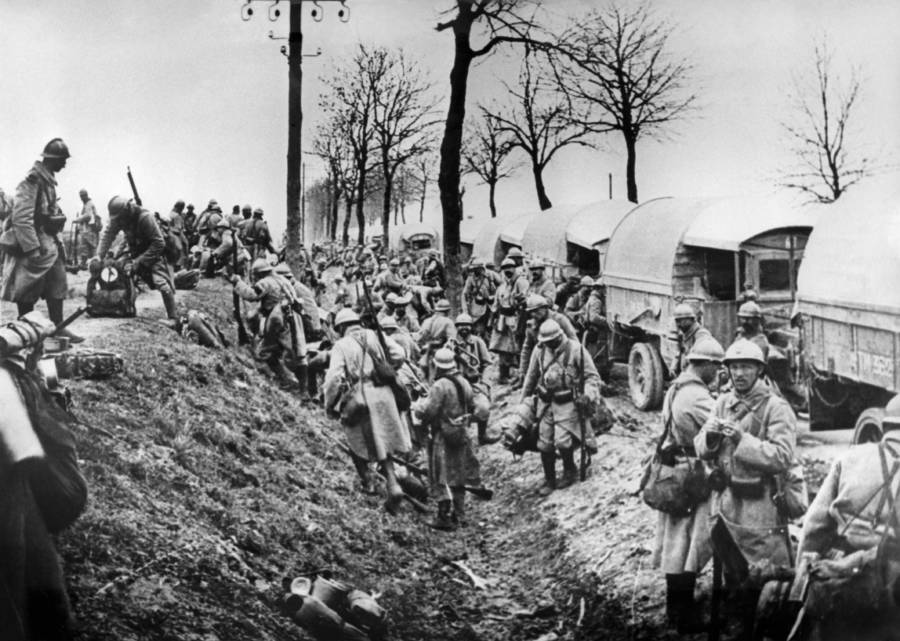
STF/AFP/Getty ImagesFrench soldiers unloading trucks near the Verdun battlefield.
So, on April 16, 1916, Squadron 124 of the French Army Air Service was officially commissioned. The unit became known as the Lafayette Escadrille in honor of the Frenchman who fought against British forces in the American Revolutionary War. The combat pilots would eventually be integrated into the U.S. Army Air Service on Jan. 1, 1918. The team was henceforth regarded as "the founding fathers of American combat aviation."
Georges Thenault, a Frenchman who led the team of American fighters into battle, wrote fondly of his former squadron. "I left it with deep regrets," Thenault wrote. He called them "an eager, fearless, genial band...each so loyal, all so resolute."
Today, many of the unit's descendants have taken up the family legacy flying air crafts as their predecessors once did.
The Legacy Of The Battle Of Verdun
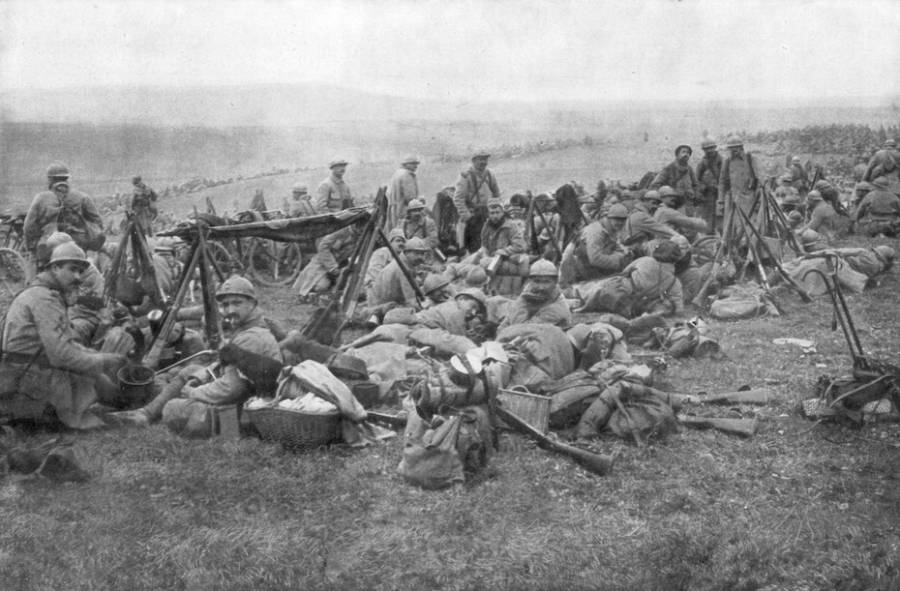
The Print Collector/Print Collector/Getty ImagesFrench troops at rest.
As the longest battle of the war, the fighting at Verdun continues to be remembered as a dreadful yet integral part of France's history. Oral accounts from veterans of the war describe the sky as thick with acrid smoke and lit up every night by a horrific fireworks display of flaming blue, yellow and orange shells.
There was no time or resources to remove the fallen solders in the trenches, so those who did survive through the deadly battle had to eat and fight right next to the decomposing bodies of their comrades.
After the war ended, the area of Verdun was so severely desecrated by lead, arsenic, lethal poison gas, and millions of unexploded shells that the French government deemed it too hazardous to live in. So, instead of rebuilding the nine villages that formerly inhabited Verdun's historical grounds, these plots of land were left untouched.
Only one of the nine villages that was destroyed was ultimately rebuilt.
Another two village sites were partially rebuilt but the remaining six villages have been largely untouched amid the forest, where tourists can still visit and walk through the very same trenches that the soldiers did during the war. The area itself has been dubbed France's Zone Rouge, or Red Zone.
Despite the villages being gone, their hollow grounds are still watched over by volunteer mayors, even though there are no actual towns to govern.
Jean-Pierre Laparra, the mayor that presides over what was once Fleury-devant-Douaumont, helps keep these memories alive. Laparra's great-grandparents evacuated the village when the war descended upon them in 1914. However, their son – Laparra’s grandfather – stayed behind to fight.
Laparra told the BBC that the villages in the Red Zone are "the symbol of the supreme sacrifice.... You must always know what happened in the past to avoid reliving it. We must never forget."
In an attempt to remember those who have fallen in the battle, these ghost villages are still recognized in French official laws and maps. The preservation of the former Verdun battle grounds continues to receive support from the French government to preserve the area’s history as well as conduct educational activities and tours.
The despair that the Battle of Verdun created also caused a major rift in Franco-German relations that would prove difficult to repair. The bad blood ran so deep that it took roughly 70 years before the two countries were able to host a joint commemoration of the war together.
To this day, the French continue to remember the lives of soldiers – both French and German – that were killed at the bloody Battle of Verdun.
After reading about the long, grisly Battle of Verdun, learn the story of World War I's historic Battle of the Somme. Then, see some of the most powerful World War I photos ever taken.
